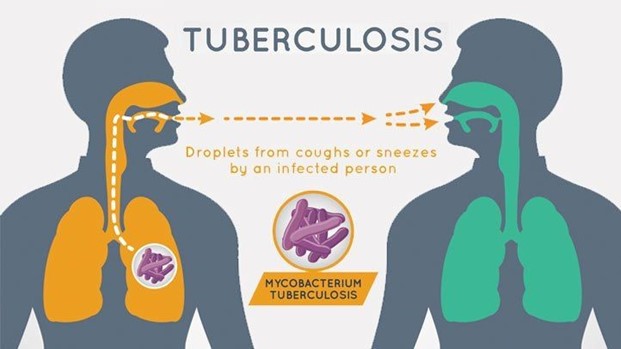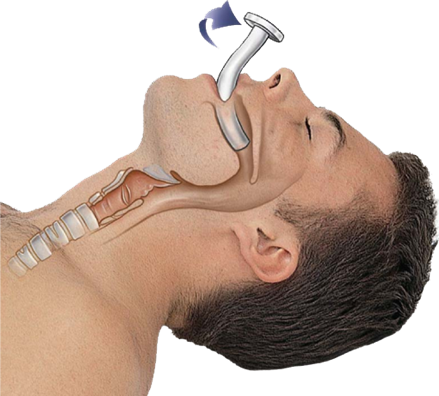A nurse is caring for a client who has tuberculosis.
Which of the following precautions should the nurse plan to implement when working with the client?
Contact.
Protective.
Droplet.
Airborne.
The Correct Answer is D
According to the Centers for Disease Control and Prevention (CDC), tuberculosis (TB) infection control plan is part of a general infection control program designed to ensure prompt detection of infectious TB patients, airborne precautions, and treatment of people who have suspected or confirmed TB disease.

Choice A, Contact precautions, are not necessary for TB patients as TB is not spread through contact.
Choice B, Protective precautions, are used to protect immunocompromised patients from infections and are not necessary for TB patients.
Choice C, Droplet precautions, are used for diseases that are spread through large respiratory droplets and are not necessary for TB patients as TB is spread through airborne droplet nuclei.
Nursing Test Bank
Naxlex Comprehensive Predictor Exams
Related Questions
Correct Answer is ["C","D","E"]
Explanation
An oral airway can help maintain an open airway during a seizure.
Supplemental oxygen supplies can be used to provide oxygen if the client’s breathing is compromised.
Oral suction equipment can be used to clear secretions from the client’s mouth and prevent aspiration.

Limb restraints: Restraints should not be used during a seizure as they can cause injury.
Blood glucose monitor: While it is important to monitor blood glucose levels in clients with seizures, it is not a priority during a seizure.
Correct Answer is ["C"]
Explanation
Leaving the drain until the end of the shift is not appropriate because it could lead to complications such as:
- Hematoma formation:Blood accumulation in the tissues surrounding the drain can put pressure on surrounding structures,potentially impairing blood flow and causing tissue damage.
- Infection:A reservoir containing blood provides a favorable environment for bacterial growth,increasing the risk of infection.
- Drain occlusion:Clotted blood can block the drain,preventing effective drainage and leading to fluid buildup and potential infection.
- Decreased wound healing:Excessive blood loss can delay wound healing by depriving the tissues of necessary oxygen and nutrients.
Removing the drain without the surgeon's order is not appropriate because:
- Premature removal:It could disrupt the healing process and lead to complications such as fluid collection or infection.
- Assessment limitation:Removing the drain would eliminate the ability to monitor ongoing blood loss and could mask potential complications.
A Jackson-Pratt drain works by creating suction when the bulb is squeezed and emptied¹. The bulb should be emptied before it is more than half full to avoid the discomfort of the weight of the drain pulling on the internal tubing and to maintain the suction
Notifying the surgeon about the blood loss is wrong because it is not an urgent situation unless there are signs of excessive bleeding, such as bright red blood, clots, or a sudden increase in the amount of drainage²³. The surgeon should be notified if the drainage is more than 100 ml in 24 hours or if the color changes from serosanguineous (pink) to sanguineous (red)
Whether you are a student looking to ace your exams or a practicing nurse seeking to enhance your expertise , our nursing education contents will empower you with the confidence and competence to make a difference in the lives of patients and become a respected leader in the healthcare field.
Visit Naxlex, invest in your future and unlock endless possibilities with our unparalleled nursing education contents today
Report Wrong Answer on the Current Question
Do you disagree with the answer? If yes, what is your expected answer? Explain.
Kindly be descriptive with the issue you are facing.
